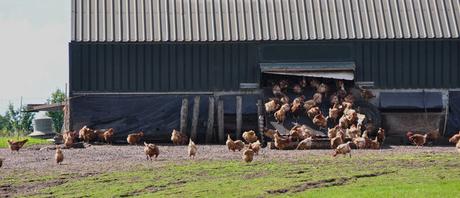
The demand for poultry products in North Africa and the Middle East continue to grow as the population become more urbanised. Changes in demographics see the population increase with higher levels of disposable income.
Chicken is already the most consumed meat across the middle east and Africa. Due to the higher cost for beef products and religious restrictions around pork in some regions, there is a high demand for poultry products throughout Africa and the Middle East.
Poultry in The Middle East
The middle east has seen a very rapid growth in the poultry industry over the last two decades. Overall, poultry consumption in The Middle East has been increasing by about 5% annually in the last few years.
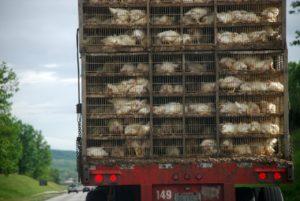
Investments were made to develop environmentally controlled poultry houses. Algeria, Egypt and Syria being the highest producers.
However, The Middle East are currently not producing enough poultry to keep up with the populations demand. This is partly due to the soaring costs of poultry feed and the high mortality rates in poultry farms. This remains a major concern when it comes to expanding production.
Poultry Production in Saudi Arabia
Over the years, an increase in income has led to an increase in meat consumption. Poultry meat remains the most competitive source of animal protein in Saudi Arabia, where total consumption is projected to reach about 1.54 million.
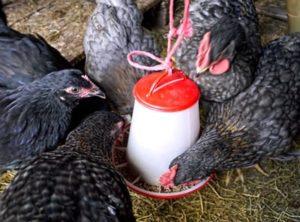
Although the demand for poultry products is growing, the is a gap between the demand and domestic supply as over half of the supply is imported.
It is harder for local poultry farmers to compete with import costs as the production costs in Saudi Arabia a relatively high. This is because of the heavy reliance on imports of poultry feed products, equipment and poultry vaccines. Due to the extremely hot weather conditions year round, it is important that farmers control the temperatures in chicken houses to prevent their stock from getting diseases and dying. This all comes at a great cost for local farmers.
To keep up with the demand for poultry meat and egg products in Saudi Arabia, there are a number of mega-farms who currently produce over 50% of the nation's poultry products.
Poultry Production in North Africa
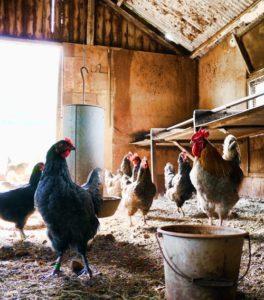
As people migrate from countryside's to big cities to find work, there is a need for more modern farming in Africa. There is a huge predicted population growth seeing countries such as Nigeria, to have the third largest population globally. With this comes a higher demand on food products.
As countries in Africa become more urbanized, there has been an expansion of local and international fast food groups in the last 5 years.
This has further increased the demand for poultry products whilst putting a further strain on local farmers to compete and keep up with the demand.
Poultry Production in Morocco
Moroccans consume an average of 20.4kg of chicken meat per year. This continues to rise as poultry meat production has increased by 7.7% over the past 4 years.
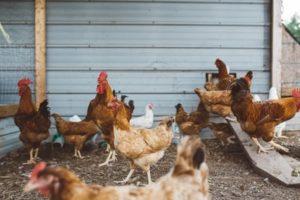
A large majority of the poultry production is down to small hold chicken farms often in back gardens and homes rather than large corporate businesses. However, due to cheaper imports of poultry from the likes of Europe and China, it is difficult for local farmers to compete and keep their farms in business.
Recently, Morocco and the United States agreed to allow commercial imports of U.S. poultry meat and products into the country for the first time. However, many local poultry farmers were upset by this news as they called it "unfair competition".
What is poultry waste and why should you get rid of it?
With the continuous demand for poultry products in these regions, it is important that you dispose of poultry waste quickly and efficiently. This will help to reduce the risk of disease and infection slowing down production. This will also reduce product quality and can impact your reputation.
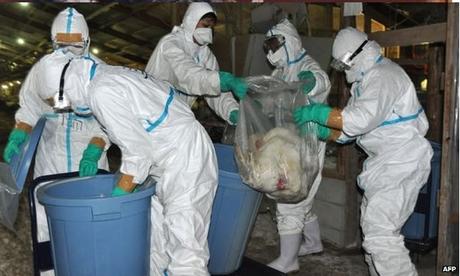
Incineration is the best method of disposal for controlling bio-security. Incineration can help you control and prevent diseases from infecting your stock. Our bird flu incinerators can help to control diseases such as:
Inciner8 offer a wide range of poultry incinerators to help you dispose of your poultry waste.
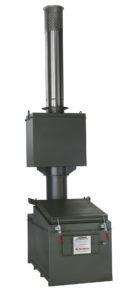
The i8-55A
The i8-55A is a medium capacity animal incinerator from our range of 'DEFRA Approved' models and is suitable for disposing of birds and poultry waste. This option benefits from a simple top loading door and advanced secondary chamber technology to provide an environmentally friendly option for a variety of industries.
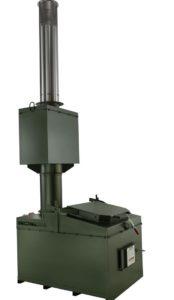
The i8-75A
The I8-75A model is a mid-range incinerator, giving you quality design and engineering. The i8-75A is a medium capacity animal incinerator from our range of 'DEFRA Approved' models and is suitable for disposing of game, deer, poultry, sheep
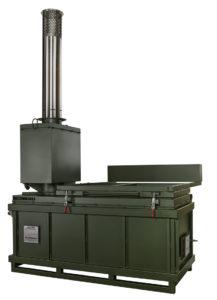
The i8-140A
The i8-140A is a high capacity animal incinerator which is suitable for disposing of large domestic animals, sheep, lambs and many others. This model is an ideal waste disposal solution for farms, shooting practices, slaughterhouses, abattoirs or veterinary practices.

